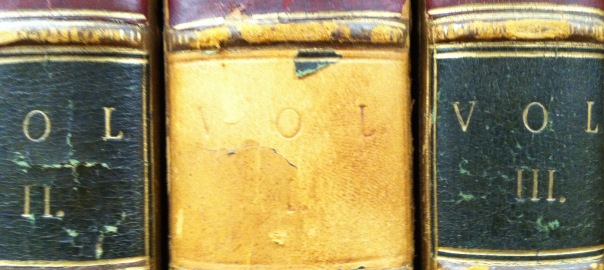©donnaesgro
“Words are a net to catch beauty.”
Tennessee Williams
*
Publishers who abridge, adapt, and condense children’s literature use the classics as a commodity. Although the expressed intention is to introduce these writings to a younger audience, this is not a enterprise done with love of prose in mind. These summarized novels are more like CliffNotes in terms of their inability to bring depth and understanding of the original works to children.
I was working with a fifth grader this holiday season and suggested that she read Charles Dickens’ A Christmas Carol. She pulled a paperback down from her shelf and told me, listlessly, that she had already read it. I glanced at the book and saw that it was an abridged version.
A Christmas Carol is a novella, short in length, but opulent in sensual imagery and fervid emotions. Books, unlike films, do not need to fit into certain time frames which necessitate condensing. The only reason, then, to abridge the work is to “dumb it down” so that the young reader has less work to do to get through what often is fancifully arcane and luxurious language.
But, isn’t that one of the gifts of reading the classics? To allow words to transport us, to give us the sights, sounds, smells, textures, and tastes of exotic places and to teach us, through this process, that human needs, fears, passions, cruelties, jealousies, hypocrisies, insecurities, and reckless braveries have always and will always be a part of the elegant tapestry that makes us human.
By reading only the adapted version of A Christmas Carol, my young friend missed such stunning passages as:
“You are fettered,” said Scrooge, trembling, “Tell me why?”
“I wear the chain I forged in life,” replied the Ghost. “I made it link by link, and yard by yard; I girded it on of my own free will, and of my own free will I wore it.”
Instead reading:
“You are tied in chains, tell me why.” “I am a prisoner of the chain I made for myself during my life. I chose to wear it.”
I don’t blame any child for not being impressed with such insipid language. I suppose ”fettered” and “forged” are considered to be too archaic? The lyrical rhythm of the language, the repetitions that bring the readers’ attention to the importance of the ghost’s statement, have disappeared in the effort to be economical and simplistic with words.
Our children are more capable than they are often given credit for. A fifth grader should be able to read Charles Dickens without it being predigested for her.
Begin the process of introducing the sometimes odd, yet lovely language in classic children’s literature to your child when he is too young to read the originals himself. Resist the colorful Disney paperbacks of Winnie the Pooh or the Fairy Tales and instead read A.A. Milne and Hans Christian Andersen. Trust that your child will listen, and in this listening, not only become enchanted, but begin to build an understanding of the unique experience that reading can be.
A Christmas Carol was written almost 200 years ago, yet the story, because it is based on essential truths, is immortal. Don’t be a part of the wrong thinking that believes that the rewriting of the classics for easy consumption is a gentle introduction.
These works are a precious legacy from a passionate group of writers. Each carefully chosen word should be valued and respected.
Gustave Flaubert (1821-1880) said about his writing,
“I tried to discover, in the rumor of forests and waves, words that other men could not hear, and I pricked up my ears to listen to the revelation of their harmony.”
And Tennessee Williams (1911-1983) stated:
“Words are a net to catch beauty.”
Every word in a classic book, whether it be War and Peace or The Little Prince, is vital. You might as well take the “excess notes” out of Mozart, Bach, or Vivaldi to make the melodies easier to follow.
We live in an age of sound bites and texts. It is healthy to balance this diet with something that demands an exacting focus. Better to read less dense classics such as as Charlotte’s Web or Charlie and The Chocolate Factory unabridged than to give your child an abridged version of Treasure Island, Peter Pan, or The Secret Garden.
Reading more difficult text builds both critical thinking (which stems from analyzing, predicting, and imagining) and self esteem (which builds as the child succeeds at tasks that at first seems arduous). When your child feels an eagerness to get back to the characters in a book and a vague sadness when the story has ended, that’s when you know that the bridge between learning to read and becoming a reader has been crossed.
If your child begins to read a classic and then discards it as being too hard, please help her manage, as you once held the back of her bicycle when she went from training wheels to two wheels. Read aloud to her. You may only need to read the first few chapters before she is pedaling on her own.
In the chaos that our modern life so often is, there is nothing more meditative than learning to turn to a book to remind you that although turmoil has always existed, so has abundant spiritual generosity and unbounded love.
***

Wow! Completely agree! We’re constantly skimming as opposed to letting words and meaning simmer. Nicely written!
LikeLike
Thank you Sophie!
Children and young adults deserve the best of what literature has to offer.
It is disrespectful of their intelligence to offer anything less.
LikeLike